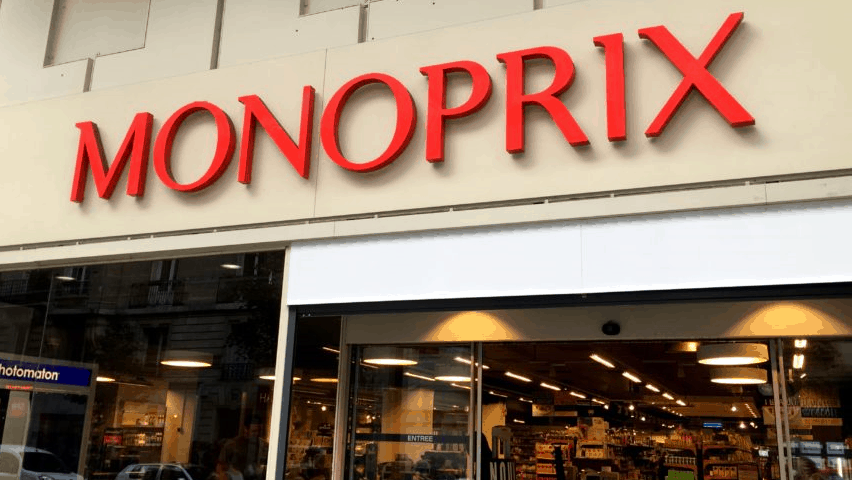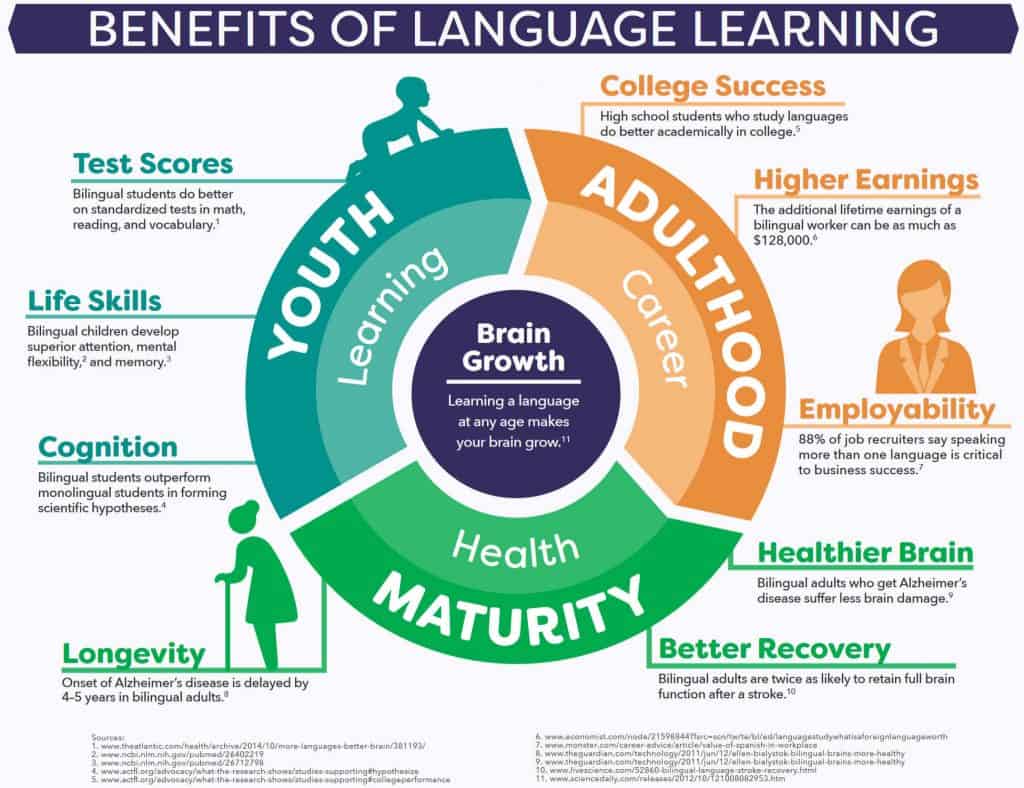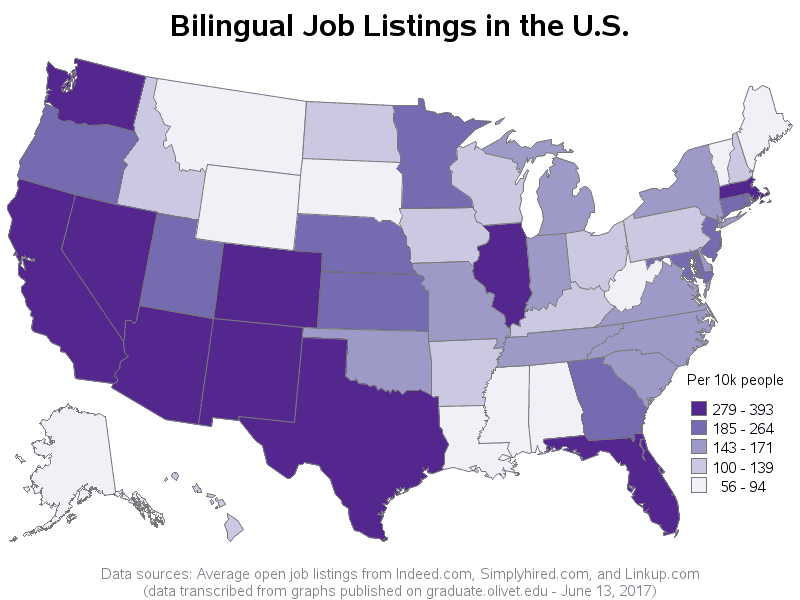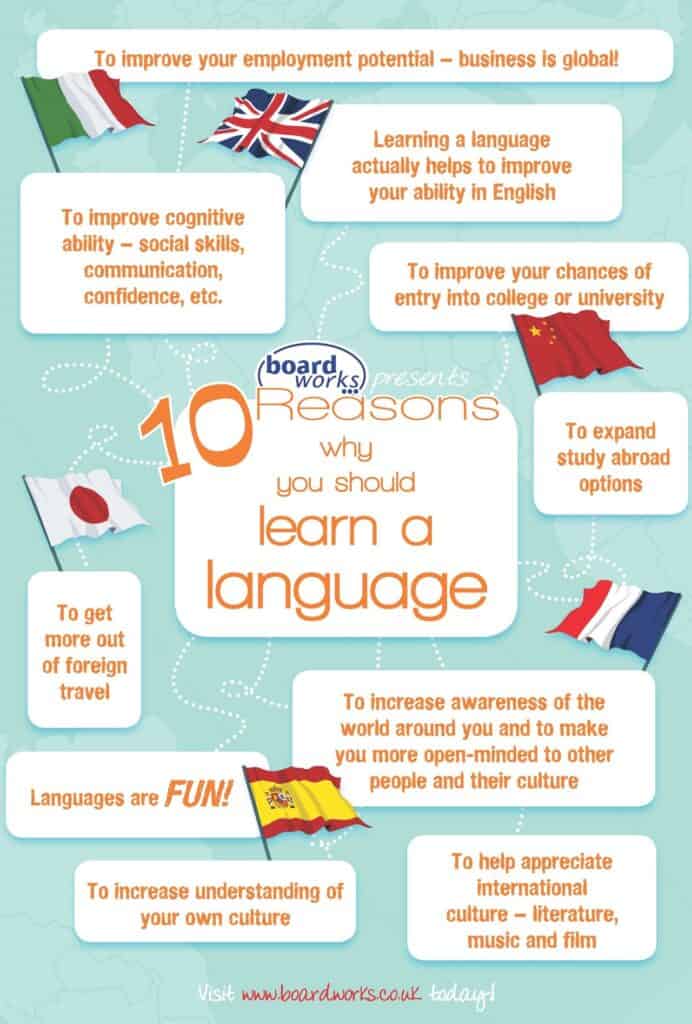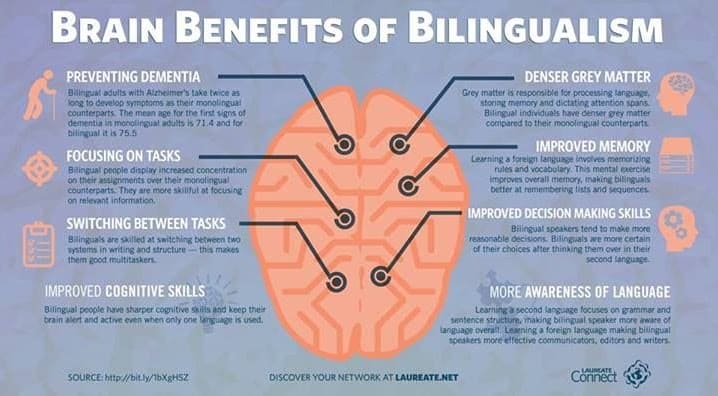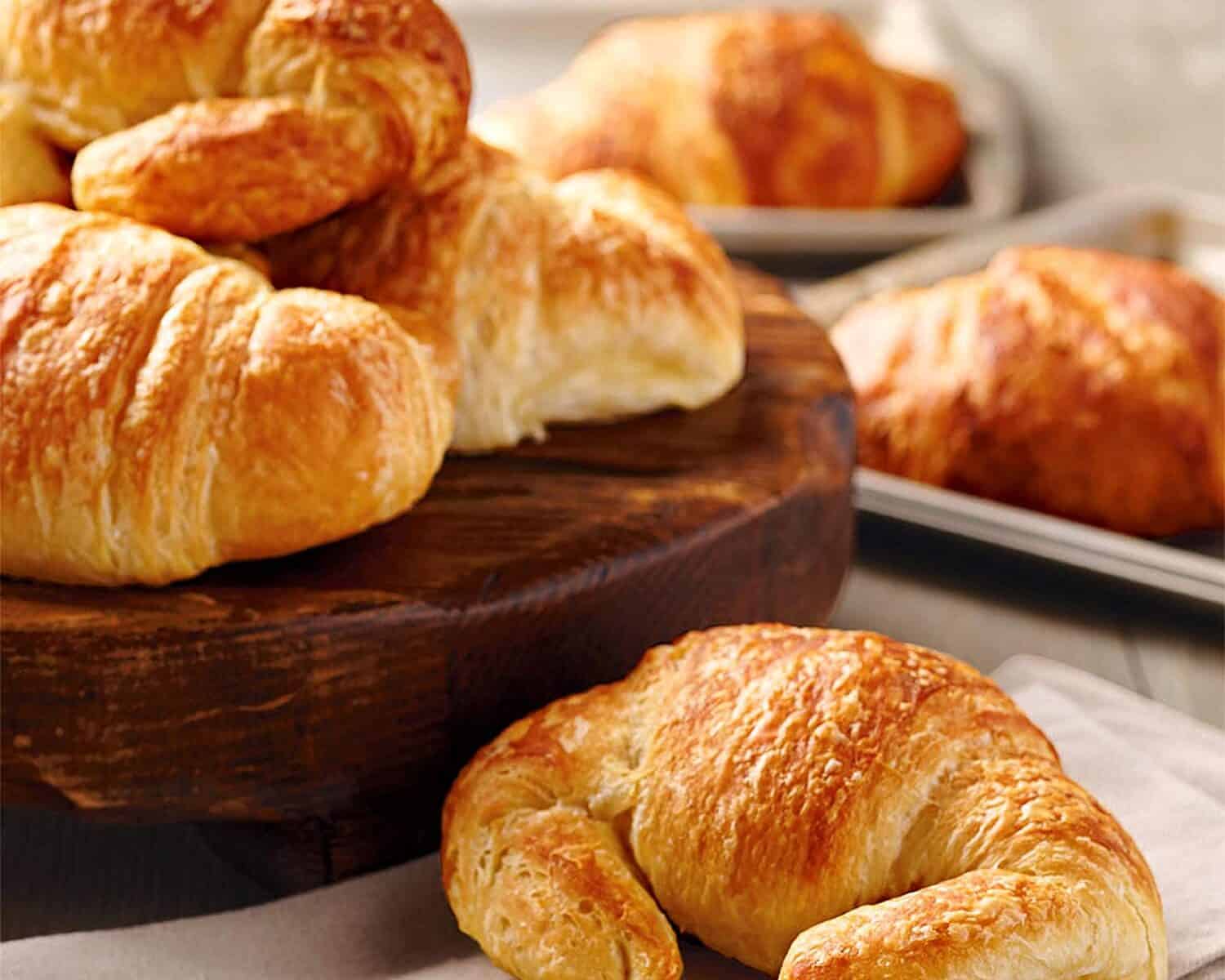During this infamous year of remote learning, teachers have found increasingly creative ways to make use of technology to engage learners from a distance. As a student teacher working with middle school French classes, I have explored a variety of programs and websites designed to enhance second language acquisition by harnessing the sudden influx of technology. Below are some of my favorite materials.
Quand je suis allé à Paris
This book is designed to be versatile for a few different lessons. Firstly, it’s written in the past tense, so it can be used in a past tense unit with examples of regular and irregular verbs conjugated for the past. It also features a variety of Paris monuments and cultural icons, so it would be a helpful introduction into a unit on Paris. This could either be a reading and listening comprehension activity, or a model for students to create their own book about a trip where they use the past tense to describe their activities. It can be difficult to find good kids books in French, especially online, that my students find both accessible and interesting, so I think that Book Creator is a great option for me to make stories that reflect exactly what we’re working on (and based on their prior knowledge) or for students to write their own in a format different from a slideshow.
(all photos, including cover photo, taken by Rachel Booth)
Faire les courses à Monoprix
Instructions:
This activity is part of a lesson I am designing for my seventh grade class, which is currently working on a food unit. To add both practical application and an element of culture, students will explore the website for Monoprix (https://www.monoprix.fr/courses-en-ligne), a French grocery store similar to our Fred Meyer. The video above is an explanation of how students will navigate the site and do imaginary shopping for themselves. They will create a shopping list with the names of all of the items they wish to purchase (food, clothing, home goods), as well as the price. After they have completed the activity, students will be able to share their shopping lists with others, discuss new vocabulary, comment on cultural differences and costs, etc. This activity should be done entirely in French (as are the directions).
Goals:
-Students can navigate a [virtual] French grocery store to shop for necessities and desired products.
-Students can use their food vocabulary and context clues to successfully identify foods, clothing, home goods, etc.
-Students can gain experience with shopping in a French-speaking environment, anticipate costs relative to in the US, and understand associated cultural expectations.
Pourquoi le français? Why I’m learning French
The website I created, “Advocating for World Language Education”, is designed as a way for students, parents/guardians, and the community as a whole to explore the purposes and benefits of learning a second language (whether it’s French or any other language). I want to incorporate this into a lesson at the beginning of the year with my first-year students to have them investigate why learning French will be a great thing for them! This will hopefully open them up to the versatility and benefits of learning another language regardless of their plans for the future and help them to become intrinsically motivated learners.
Goals:
-Students will be able to connect the value of learning a second language with their personal lives and explore how French can be an asset for them in their futures.
-Students will be able to research and articulate a clear argument for the value of them choosing to learning French.
-Students will be able to invest in their own learning and become more self-motivated by building links between the uses/benefits of multilingualism with their personal, academic, and professional goals.
Assignment:
Imagine your parents do not want you to learn French because it “isn’t useful”, unlike something like economics. Using the website below and its links to other resources, create a pamphlet or flyer to convince them that learning French is a great decision! Personalize it to your ambitions, your interests, and how French can be beneficial in your life (now and in the future). Include visuals (photos, charts, tables, data, etc.) to back up your arguments and try to rebut potential counterarguments. Why is French right for you and how will it be important in your life? What do you hope to do in the future and how will learning French help to get you there?
https://sites.google.com/view/advocating-for-world-language-/home
La cuisine française
This form will be used as a formative quiz with my seventh grade class during our food unit “La nourriture”. This primarily has students focusing on elements of French cuisine and dining norms that may be unfamiliar or different to the US. These are all concepts and vocabulary students have seen before, but the form is a way for students to review what they have retained.
Instructions: this is a 10-question quiz about some of the aspects of French food culture we have discussed throughout our unit, such as ingredients in common French dishes, recognizing categories of food, and multi-meaning vocabulary. This quiz is not designed to be about the grade, but about reviewing your knowledge and learning more about French cuisine. After submitting the form, you will have the option to see your score: click here! Each question will be accompanied by the correct answer and feedback on your response to clarify. Many questions are also joined by a link to more information if you missed the question. Check these out and make sure you understand the concepts behind the terminology.
(*Hint: some questions have more than one correct response!*)
https://forms.gle/8ioeN73v23MydUnJ7
Featured image: French pastry case by Rachel Booth.
Trouver quelqu’un qui… [Find someone who…]
This activity is designed for my eighth grade French class for our unit on irregular verbs and the past tenses (passé composé and l’imparfait). Students will switch in and out of break-out rooms (this would obviously be more ideal in-person) to ask each other questions in the past tense. This is an interactive project where students will need to collect information and use questions that employ many of the irregular verbs we have studied. I used Google Drawings to create a “Find someone who…” chart that will prompt students to:
*get to know each other better
*ask and answer questions about the past
*differentiate between using the passé composé and the imparfait
*practice agreement of gender and number
*conjugate irregular verbs in both past tenses
*interact independently of the teacher
*use the grammar structures in a relevant personal context
https://docs.google.com/drawings/d/1UCMoOlw7fA_I8zzEVlarstGtqEnbrl-azQOTMPmG-1M/edit?usp=sharing
La Nourriture : French Food Visual Dictionary
This is a lesson I will be doing with my seventh graders on Monday as the introduction to our unit on La Nourriture (food). I created a Jamboard with eight slides, containing eight categories of food: fruits, vegetables, meats, dairy, grains, desserts, meals, and drinks. Each slide has 8-10 vocabulary words in that category and students will be put into partners to work on one of the slides. They will look up the new words and recall prior knowledge/cognates to find images that represent each vocab word. This will create a visual dictionary for all of the students to access, rather than simply using a direct English-to-French translation format. When the partners are done, they will present their words to the class and teach each other the new terms (with me scaffolding pronunciation, answering questions, and adding cultural context).
Zoom Struggles
Launch meeting again,
It’s time to start class,
My students show up,
They just want to pass.
Cameras on, please,
So I know that you’re there,
I hope you can hear me,
I hope that you care.
I love teaching French,
I love teaching you,
But teaching on Zoom?
I haven’t a clue.
Having tech problems?
You’d better reboot,
Log off and rejoin us,
Or mute and unmute.
Learning comes second,
When school is online,
Our morale and our progress,
In steady decline.
Missing assignments,
Here’s another extension,
Please come to class,
Please pay attention.
You may prefer to watch YouTube,
Or play games on your phone,
I know that you’re struggling,
But you’re never alone.
This isn’t the school year,
You deserve or you need,
But if we both do our best,
You still can succeed.
Haunted by COVID,
The gloom and the doom,
It’s hard to be focused,
While sitting on Zoom.
I can’t wait to meet you all,
At the end of this ordeal,
To be there in a classroom,
And teaching for real.
We mustn’t give up,
The tables are turning,
In no time at all,
We’ll be in-person learning!
Zoom Desk Photo by Gabriel Benois on Unsplash
Colors and School Supplies and Food, Oh My!

Qu’est-ce que c’est dans mon sac à dos?
Prenez un photo de tes choses pour l’école qui sont dans ton sac. Faite une liste de ces choses avec le nombre et la couleur. Par exemple:
LE SAC À DOS D’ELLIE:
-trois dossiers (un bleu, un rouge, et un jaune)
-quatre crayons oranges
-dix feutres multicolore
-une bouteille de colle blanche
-douze batons de colle bleus
-vignt-quatre crayons gras multicolore
-deux cahiers (un blanc et noir, un blanc et vert)
-une bouteille de désinfectant pour les mains claire
[This activity is similar to one that I am doing with my sixth graders to learn colors and school supplies vocabulary. The idea is that they take a photo of what is in their backpack and create a list of their own supplies, labeling it with colors and numbers. This is great practice with gender/number agreement, false cognates, and adjective/noun word order. It also allows students to create their own product that reflects something about them and ensures they are able to communicate about things they personally have and use in the classroom.]





Hamburger Photo by Mike on Unsplash
Waffles Photo by Sheelah Brennan on Unsplash
PB & J Photo by Freddy G on Unsplash
Cupcake Photo by Haley Owens on Unsplash
Pineapple Photo by Miguel Andrade on Unsplash
Mes aliments préférés
Faites un collage de tes aliments préférés (cinq ou plus) et écrivez une petite paragraphe pour expliquer en français. Utilisez nos mots de vocabulaire! Par exemple:
Mes aliments préférés sont le petit gâteau chocolat, l’ananas, le sandwich au beurre de cacahuète et à la confiture, les gaufres, et le hamburger avec des frites. Les petits gâteaux chocolat sont la taille parfaite est je les mange pour mon anniversaire chaque année. L’ananas c’est mon fruit préféré parce que c’est très sucre. Je prends un sandwich au beurre de cacahuète et à la confiture toujours à l’école pour le déjeuner. Je le fais avec de la confiture à la framboise. La gaufre est le meilleur petit-déjeuner car on peut ajouter les fruits, le beurre de cacahuète, et le sirop. Finalement, j’adore le hamburger (avec du fromage et du bacon) et il faut le manger avec des frites, bien sûr!
[This activity is designed to work on food-related vocabulary. In addition to the basic food words that we will all learn, I want students to be able to personalize their knowledge. The above assignment makes sure they know how to talk about their favorite foods in French and encourages additional research/learning. It’s also easy for students to connect this to real-world situations to see how this form of communication can be used. It requires them to put the new vocabulary into sentence frames to express an idea rather than just learning single words. The photos act as a recall prompt (instead of using English).]




